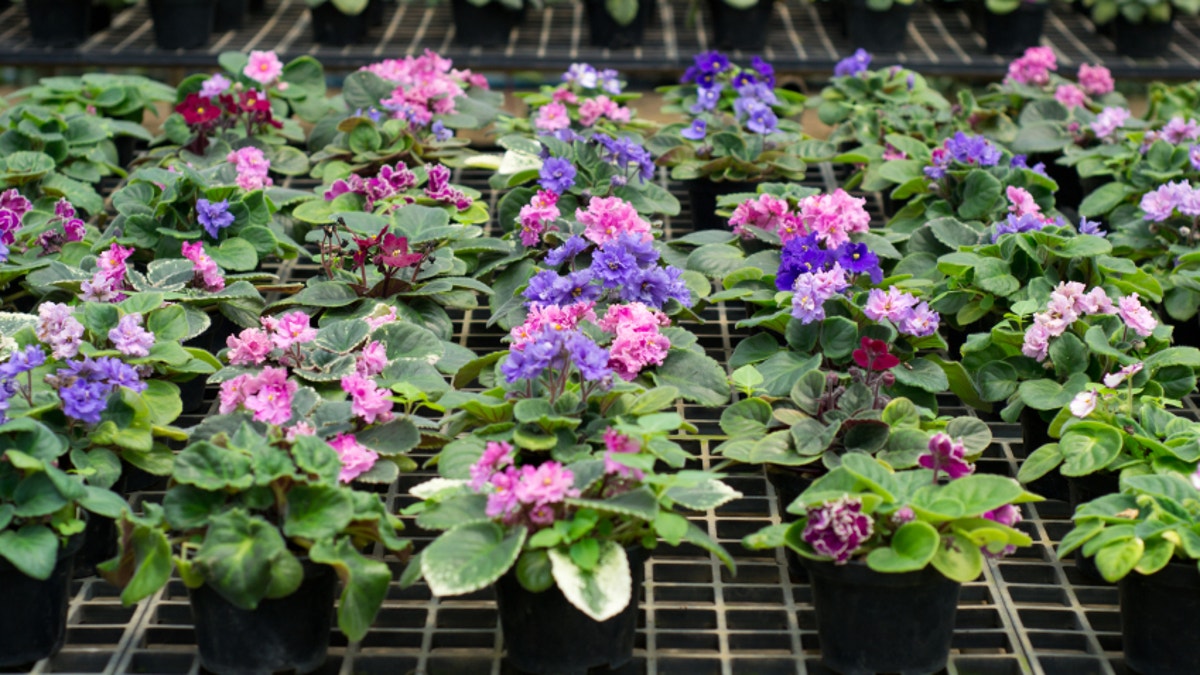
(iStock)
It's easy to rejuvenate drab rooms by bringing a touch of the outdoors inside. Any indoor space can benefit from the invigorating vibrancy and color that accompany plant life.
Blanche Garcia, an interior designer for the Travel Channel's "Hotel Impossible," shares her expert strategies on successfully using plants to brighten up your home.
Select manageable plants that thrive indoors
Garcia advises purchasing plants that need low light and humidity, as well as ones that tolerate the flux of high and low temperatures.
Amaryllis flowers add a pop of color in pink, red or yellow during the winter season, Garcia says.
Also, African Violets are virtually effortless to cultivate. They simply require moderate, indirect light and moist soil. Pinch off any unsightly blossoms and avoid drafty areas to keep your African Violets blooming year-round, Garcia says.
The Spider Plant, another indoor plant suggested by Garcia, has a hardy nature and demands very little maintenance.
Create eye-pleasing natural clusters
Don't limit tasteful arrangements to flowers alone. Garcia encourages utilizing combinations of "soft succulent plants and brightly colored coleus plants" to complement your decor with their subtle, visual interest. Succulent plants retain water in their roots, leaves and stems. Most originated in the tropics and adapted to survive long dry periods, making them almost indestructible.
Beyond being easy to care for, succulents are available in a wide variety of leaf forms and plant shapes. The key to successfully sustaining coleus plants indoors? Bright light and moisture, but avoid over-watering them.
For an easy arrangement, try Garcia's favorite. "Mix a few kinds of succulents together to create a movement of color, such as Aeonium Arboreum (which comes in two shades of green, tipped in red) with Sedum Adolphi (lime green) and Echeveria Elegans (lavender). What's great about the succulent is how romantic yet architectural it looks," she says.
Include greenery that also administers health benefits
There are plants that also combat indoor air pollution and contribute to clean air circulation.
According to a study from NASA and the Associated Landscape Contractors of America (ALCA), house plants are extremely effective at removing toxins from the air, such as formaldehyde, benzene, trichloroethylene and carbon monoxide.
The study's results name the following plants as leading air purifiers: Areca Palm, Lady Palm, Bamboo Palm, Rubber Plant, Dracaena, English Ivy, Dwarf Date Palm, Ficus Alii, Gerbera Daisy, Boston Fern and Peace Lily. Parents of small children and pet owners, however, beware -- a few of the plants on this list are toxic if consumed. Choose carefully before introducing them into your home.
Don't go overboard
Like anything else, keep it simple. "Plants are a benefit to any room in the home and will make a space feel fresh," Garcia says. "Rooms with a decent amount of light are the most helpful. Just be sure to use them in moderation. They need to add to the overall feel of the home -- not monopolize it."